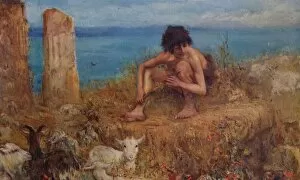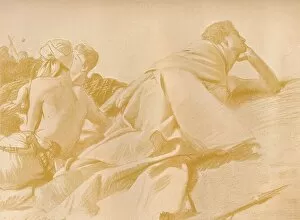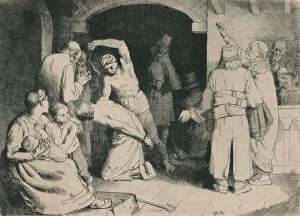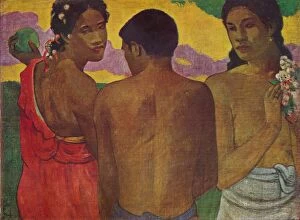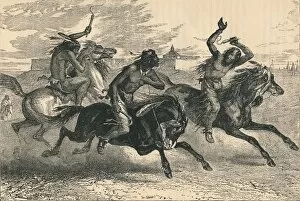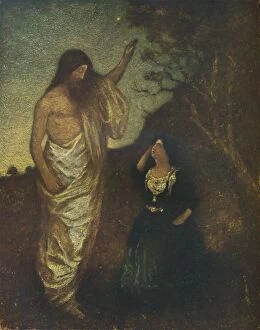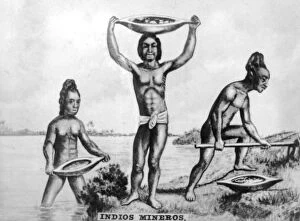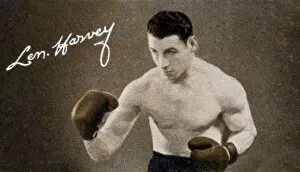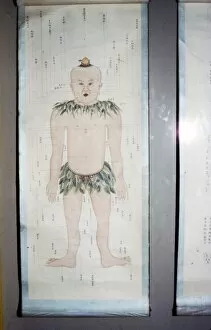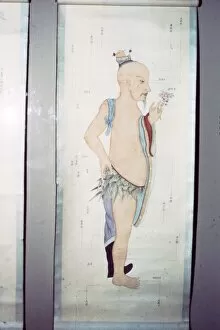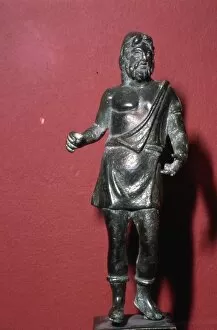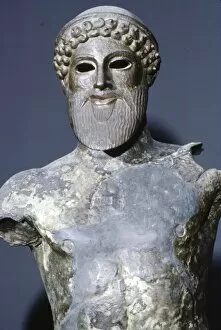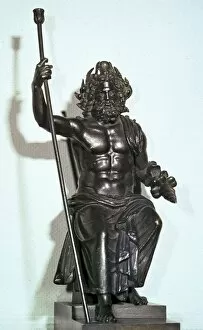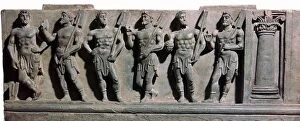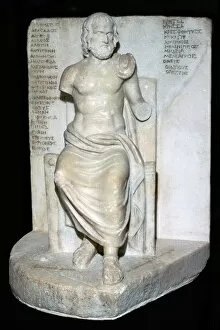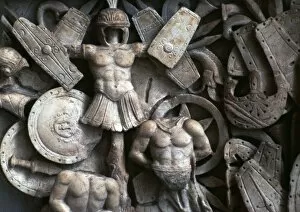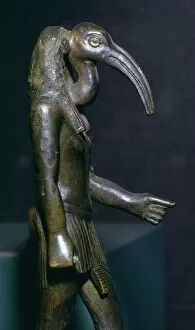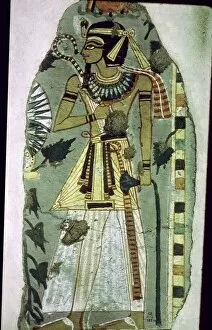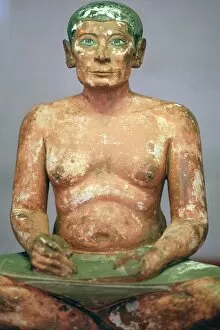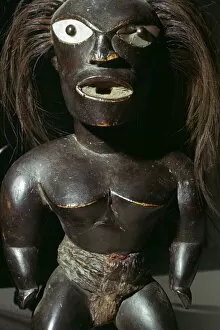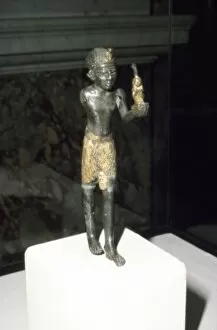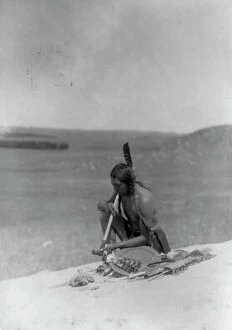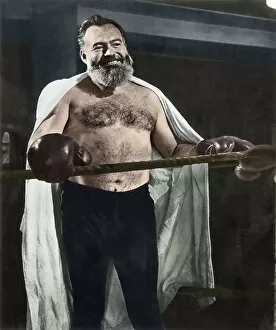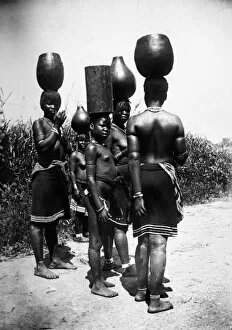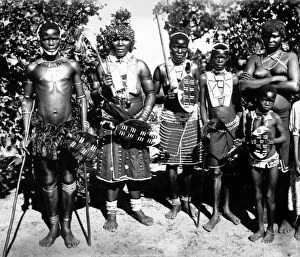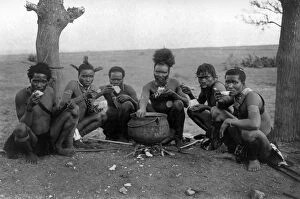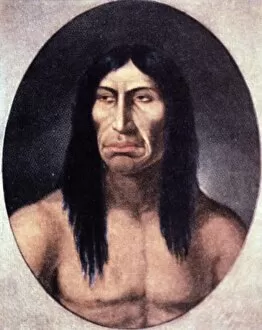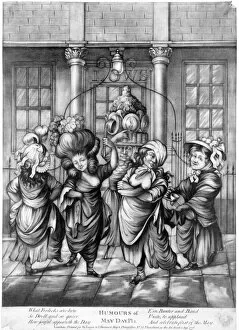Barechested Collection (page 8)
"Barechested: A Glimpse into the Strength and Vulnerability of Humanity" In a vintage Rocky Marciano postcard, the legendary boxer stands tall
For sale as Licensed Images
Choose your image, Select your licence and Download the media
"Barechested: A Glimpse into the Strength and Vulnerability of Humanity" In a vintage Rocky Marciano postcard, the legendary boxer stands tall, his bare chest glistening with sweat as he embodies determination and resilience. A statue of Hercules and Cerberus captures the essence of raw power, their bare chests symbolizing Herculean strength in overcoming challenges. During the Great Depression, an unemployed lumberjack bears his social security number tattooed on his arm in a migrant workers camp. His bared torso reflects both hardship endured and hope for a better future. The rhythmic beats echo through time as drums resound in the African village of Ikoko. Bare-chested men dance to celebrate their rich cultural heritage amidst nature's embrace. Transporting us back to 1910, Herbert Ponting's photograph reveals a public bath at Kanawa where individuals cleanse themselves, unburdened by societal expectations - their bare chests embodying freedom from constraints. In a haunting image from 1834 transformed into art in 1984, we witness punishment inflicted upon a convict's bare back with a cat-o-nine-tails whip. The scars serve as reminders of human suffering throughout history. An Egyptian relief depicts Emperor Augustus offering homage to Isis while bearing his regal yet vulnerable chest - reminding us that even mighty rulers can reveal vulnerability when seeking divine favor. A vibrant poster advertising the 1933 World's Fair showcases Chicago's grandeur. Amidst towering structures and technological marvels, visitors are invited to explore new frontiers with open hearts and bared souls. Captured on canvas in 1927, an Indian boy gazes directly at us with innocent eyes while revealing his exposed chest - inviting empathy towards marginalized communities striving for recognition and equality. Amidst World War II turmoil at Page Field in Parris Island, S. C. , marines train tirelessly with gliders. Their muscular torsos represent unwavering dedication and sacrifice for a greater cause.

